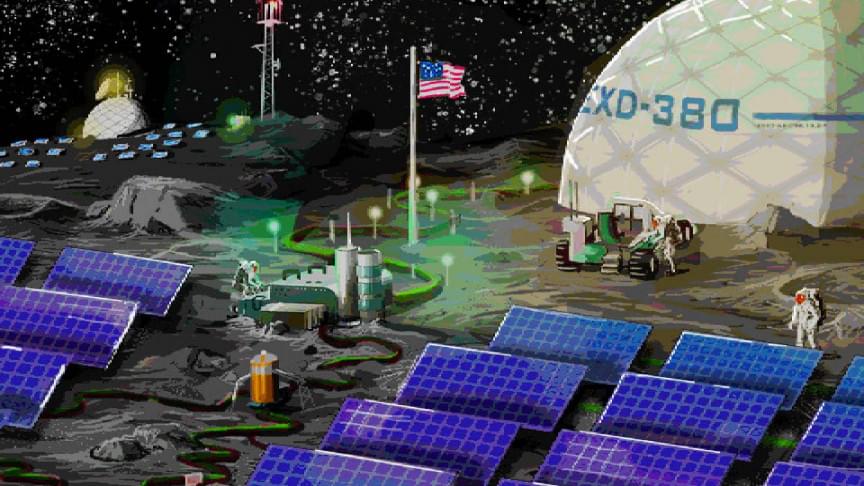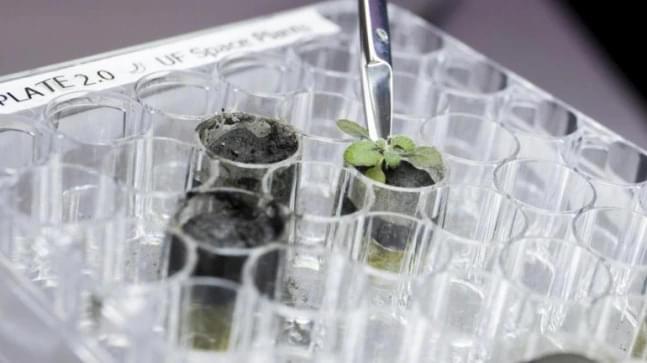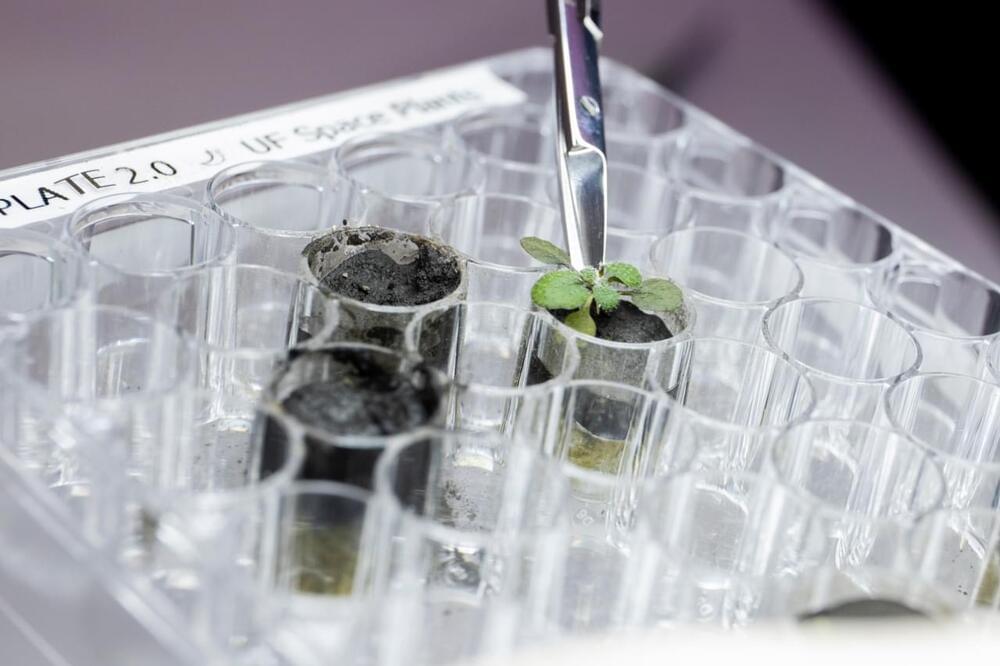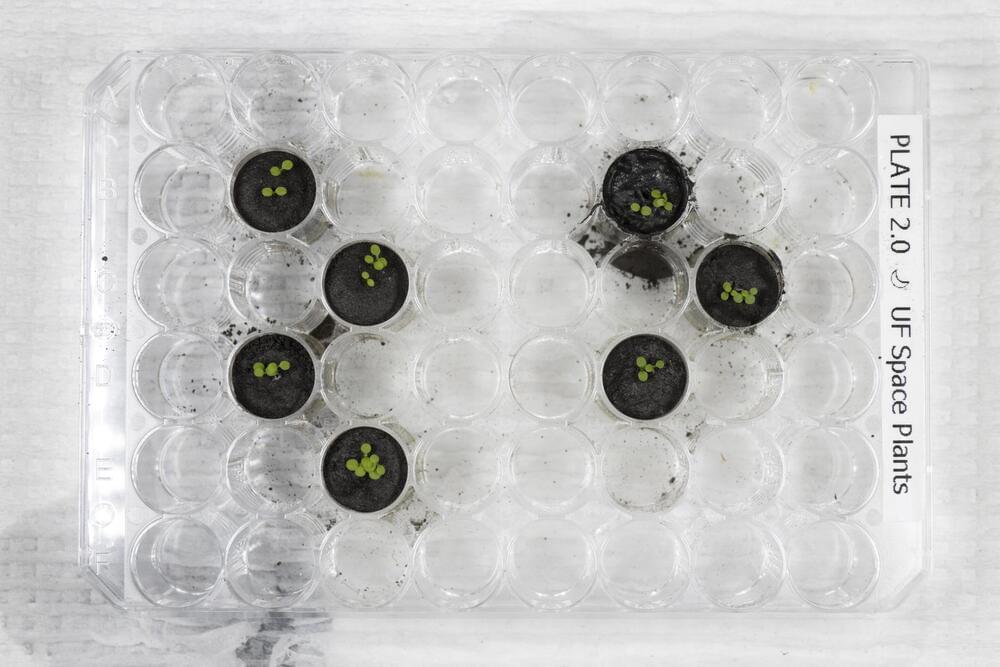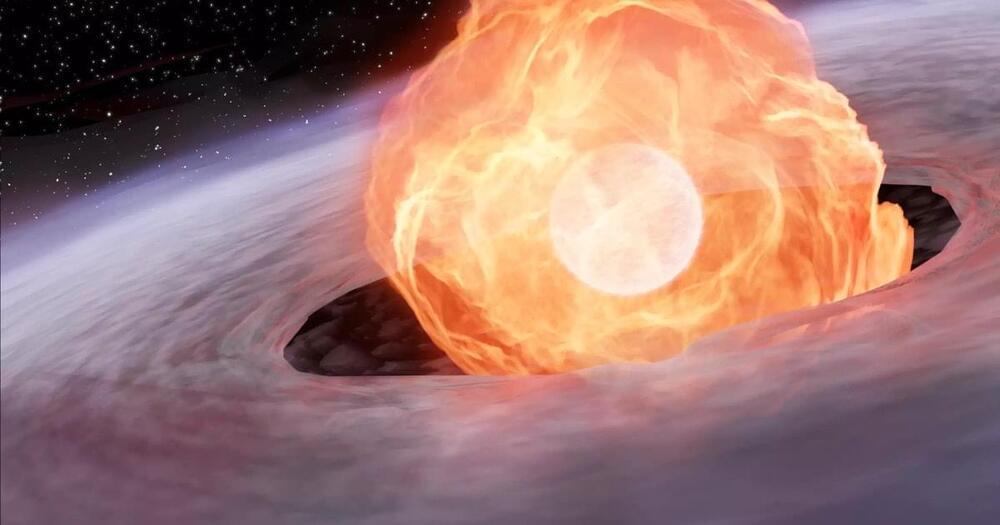Called the Artemis lunar base, it will include a habitation unit (for up to four astronauts) and separate mining and fuel processing facilities. These facilities would be built far away from the base camp and would serve to produce rocket fuel, water, oxygen, and other materials needed for extended exploration of the lunar surface while decreasing supply needs from Earth.
Get more updates on this story and more with The Blueprint, our daily newsletter: Sign up here for free.
There will also be an electrical grid for the two units which will be connected during emergencies for resiliency and robustness. Sandia’s researchers note that the electrical system controller for the habitation unit will be very similar to the International Space Station (ISS)’s direct current electrical system with some notable differences.
